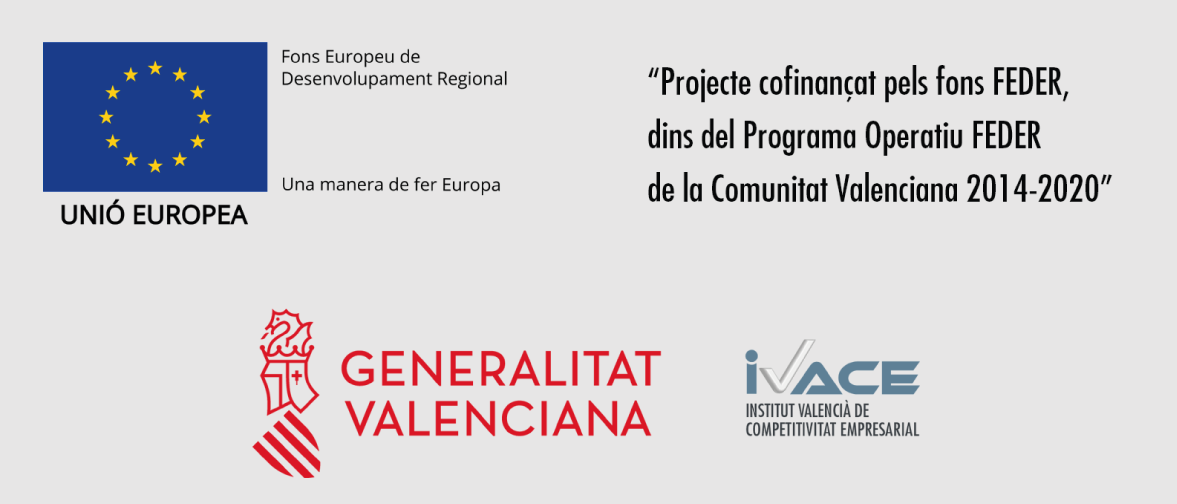2.2.1.4 - Postprocessing
The next step of this protocol is postprocessing, where the goal is to count how many reads are associated with each gene. This can be done using Corset (Davidson and Oshlack, 2014) or HTSeq (Anders et al., 2015). For this tutorial, we use HTSeq. To perform the counting of reads with HTSeq go to the Step-By-Step menu path Mapping & Counting → Postprocessing → htseq and do as indicated in Video 10.
Video 10. Quantification of gene expression levels using HTSeq.
|
Expected results from Postprocessing analysis When HTSeq is complete, you will obtain the following output files: 1. counts.txt: contains read counts per gene based on the provided genome annotation (GFF file). 2. sorted.bam: for each sample, the original unsorted BAM file is processed to generate a version sorted by genomic position. These files are available in the following link HTSeq. Remember you can check if the job was successfully completed by accessing the job tracking panel of RNASeq. To learn more about HTSeq, see https://pmc.ncbi.nlm.nih.gov/articles/PMC4287950/. |
|---|

